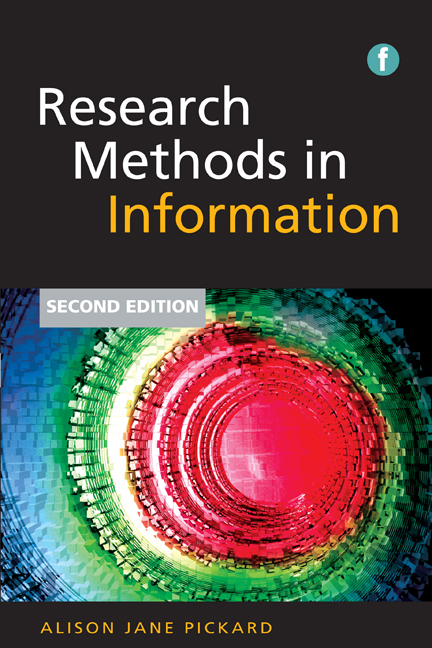Book contents
- Frontmatter
- Contents
- Preface to the second edition
- Acknowledgements
- Introduction
- Part 1 Starting the research process
- Part 2 Research methods
- Part 3 Data collection techniques
- Part 4 Data analysis and research presentation
- 23 Qualitative analysis
- 24 Quantitative analysis
- 25 Presenting the research
- Part 5 Glossary and references
- Index
23 - Qualitative analysis
from Part 4 - Data analysis and research presentation
Published online by Cambridge University Press: 08 June 2018
- Frontmatter
- Contents
- Preface to the second edition
- Acknowledgements
- Introduction
- Part 1 Starting the research process
- Part 2 Research methods
- Part 3 Data collection techniques
- Part 4 Data analysis and research presentation
- 23 Qualitative analysis
- 24 Quantitative analysis
- 25 Presenting the research
- Part 5 Glossary and references
- Index
Summary
By the term ‘qualitative research,’ we mean any type of research that produces findings not arrived at by statistical procedures or other means of quantification.
(Strauss and Corbin, 1998, 10)Introduction
Qualitative analysis is applied in any study that focuses on emerging theory, using the inductive analysis process to arrive at an understanding of the phenomenon under investigation. When applying qualitative analysis the purpose is to generate a hypothesis based on the data gathered and interpretation of that data. This chapter is concerned with the analysis of rich, detailed, qualitative data. In my opinion this does not include answers to open-ended questions in a questionnaire; this is rarely, if ever, qualitative data. We are talking here about the analysis of detailed responses to indepth interviewing, observation and focus group discussion. In qualitative research the gathering and analysis of data occurs concurrently; it is a constant interplay of data and analysis, data informing analysis, and analysis informing new data collection. Morse (1997, 26) believes that the process of qualitative analysis involves:
• comprehending the phenomenon under study
• synthesizing a portrait of the phenomenon that accounts for relations and links within its aspects
• theorizing about how and why these relations appear as they do
• recontextualizing, or putting the new knowledge about phenomena and relations back into the context of how others have articulated the evolving knowledge.
There are four recognized strategies for qualitative data analysis. By far the most often cited is the ‘constant comparative analysis’ developed by Strauss (1987). Because of the popular use of this strategy we will examine the process in more detail in this chapter. This strategy can also be applied in other contexts; a study may be a grounded theory study but a constant comparative analysis can still be applied. An ethnographic study can also apply some of the characteristics of this strategy although the focus will be slightly different. This is not to say this is the only option available to the qualitative researcher, but in my opinion this strategy provides the soundest framework for working with large amounts of descriptive data. It is also applied by some researchers in a modified form to assist with analysis in the three other strategies mentioned here, although clearly the focus is slightly different.
- Type
- Chapter
- Information
- Research Methods in Information , pp. 267 - 282Publisher: FacetPrint publication year: 2013



